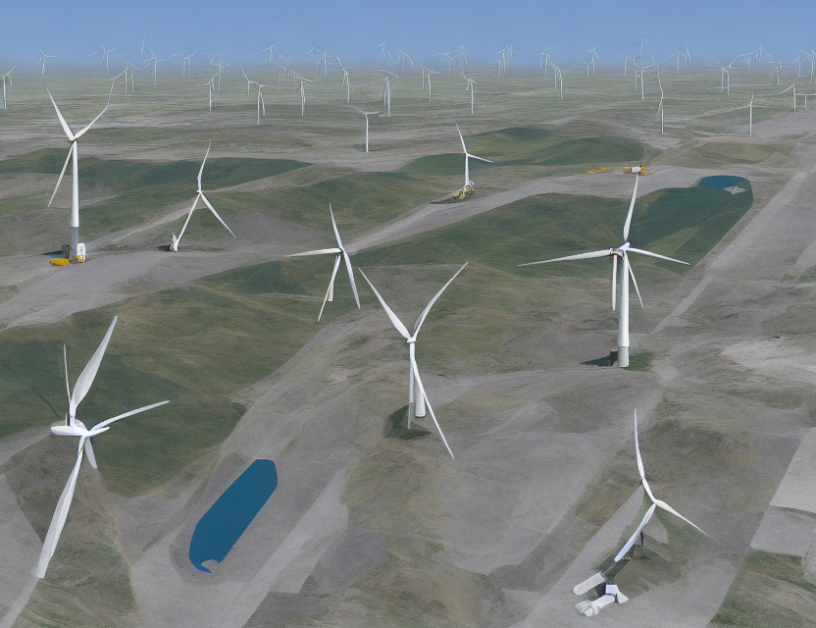Semantic segmentation is a powerful tool in remote sensing, allowing us to extract valuable information from satellite or aerial imagery. However, this process can be daunting, especially for those unfamiliar with the concepts involved. In this article, we demystify semantic segmentation by breaking it down into easily digestible parts and providing practical examples to illustrate each step. We’ll explore the different types of accuracy assessment metrics used in semantic segmentation and discuss the importance of using them. Finally, we’ll delve into the analysis of metrics and quality measures for time series images, highlighting their significance in evaluating the performance of segmentation models.
What is Semantic Segmentation?
Semantic segmentation is the process of assigning a semantic label to each pixel in an image, based on its features and characteristics. In remote sensing, this technique allows us to identify and classify different types of land cover or land use, such as forests, grasslands, urban areas, or water bodies. By accurately separating these classes, we can gain valuable insights into the properties and behaviors of these features, enabling more informed decision-making in various fields, including agriculture, environmental management, and urban planning.
Types of Accuracy Assessment Metrics
Several accuracy assessment metrics are used to evaluate the performance of semantic segmentation models. These include:
- Overall Accuracy (OA): measures the total percentage of correctly classified pixels in the entire image.
- Precision: calculates the proportion of true positives among all predicted positive pixels.
- Recall: measures the percentage of true positives that were correctly identified among all actual positive pixels.
- F-score: combines precision and recall into a single score, providing a balanced view of both factors.
- Intersection over Union (IoU): compares the overlap between predicted and reference polygons to evaluate the accuracy of classified objects.
By analyzing these metrics, we can determine which segmentation model is best suited for our specific use case, ensuring that we extract the most relevant information from remote sensing data.
Metrics and Quality Measures for Time Series Images
When dealing with time series images, it’s essential to evaluate the performance of semantic segmentation models using metrics and quality measures tailored to this context. These may include:
- Number of images used in the time series: evaluates the impact of image count on model performance.
- Transition from 5 to 10 and 15 images: analyzes how model accuracy improves as the number of images increases.
- IoU for each time step: assesses the consistency of classified objects across different moments in the series.
- Full image classification: compares the accuracy of segmentation models when applied to individual images versus entire time serieses.
By examining these metrics and quality measures, we can gain a deeper understanding of how semantic segmentation models perform in time series contexts, enabling more informed decisions regarding data acquisition strategies and model selection.
Conclusion
In conclusion, this article has provided a comprehensive overview of semantic segmentation in remote sensing, including the different types of accuracy assessment metrics used to evaluate model performance. By understanding these concepts, readers can better appreciate the potential of remote sensing for extracting valuable information from satellite or aerial imagery, as well as the importance of analyzing and interpreting this data using appropriate methods and tools. Whether you’re a seasoned professional in the field or just starting out, we hope that this guide has demystified semantic segmentation and provided practical insights into its applications and challenges.



